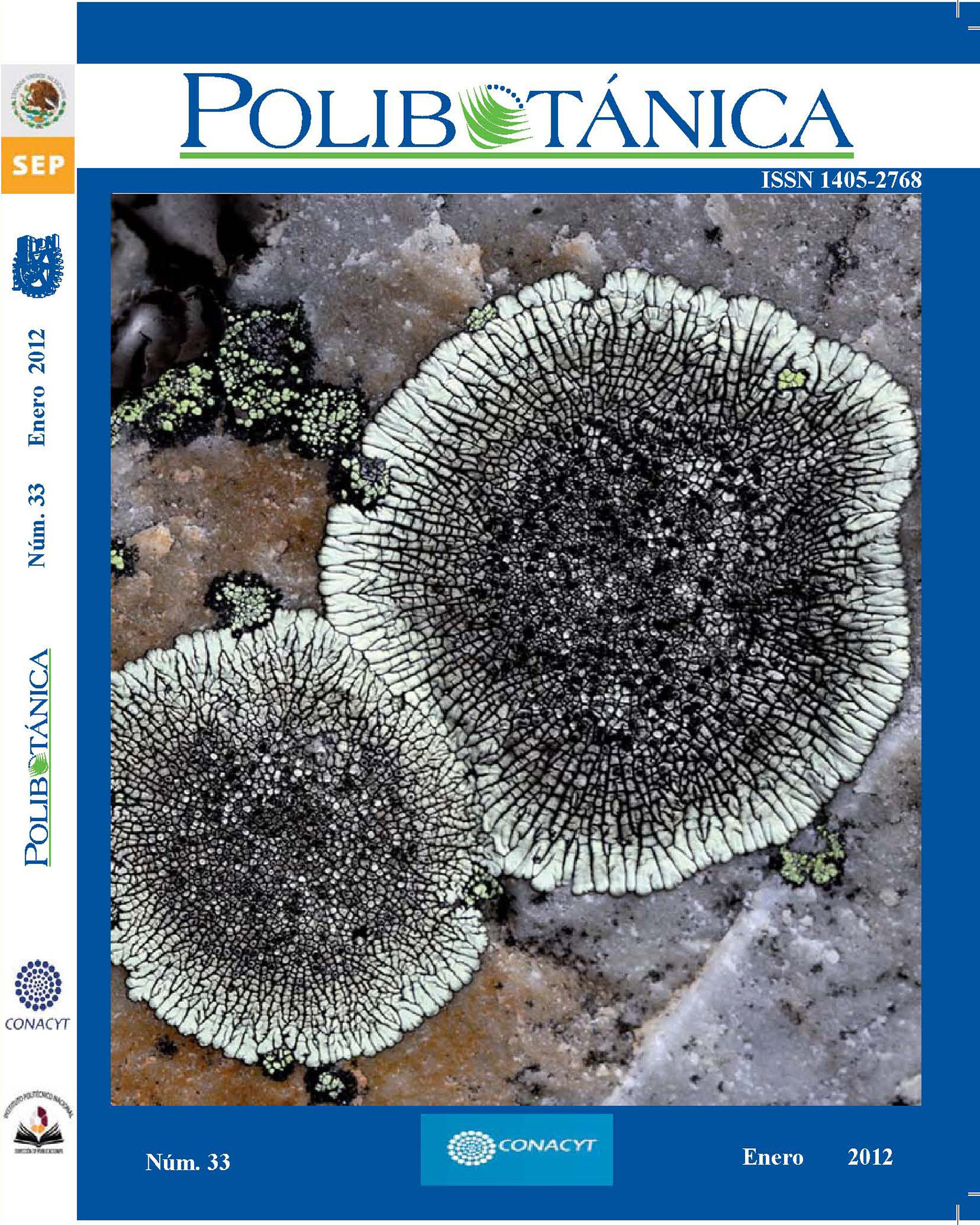CARACTERIZACIÓN Y VARIACIÓN ECOGEOGRÁFICA DE POBLACIONES DE CHILE (CAPSICUM ANNUUM VAR. GLABRIUSCULUM) SILVESTRE DEL NOROESTE DE MÉXICO
Abstract
The geographic variation in morphological
traits of 19 wild pepper population
(Capsicum annuum var. glabriusculum)
from northwestern Mexico was analyzed
in the field. The traits measured were:
plant height, stem diameter, branch length,
peduncle length, fruit lenght, fruit width,
fruit weight, number of seeds per fruit, and
seed weight. The morphological traits data
were analyzed by univariate and principal
component (PC) analysis. The geographical
and climatical data of population origen
were analized by PC analysis and were
correlated with morphological traits means.
High variability for most of traits measured
was found. Populations were clearly
differentiated by univariate and PC analysis
indicating a high variation among them.
The population means of fruit length, fruit
width and fruit weight, and number of seeds
per fruit were positive and significantly
correlated with the second PC of the
geographical and climatical variables from
population origen sites. This second PC was
defined mainly by temperature, altitude and
mean annual rainfall. These results indicate
that the temperature and the water amount
during plant growth and reproduction are
important factors in the diferentiation of
wild C. annuum populations in the field.
Downloads
Published
Issue
Section
License

Polibotánica by Departamento de Botánica de la Escuela Nacional de Ciencias Biológicas del Instituto Politécnico Nacional se distribuye bajo una Licencia Creative Commons Atribución-NoComercial-CompartirIgual 4.0 Internacional.




















